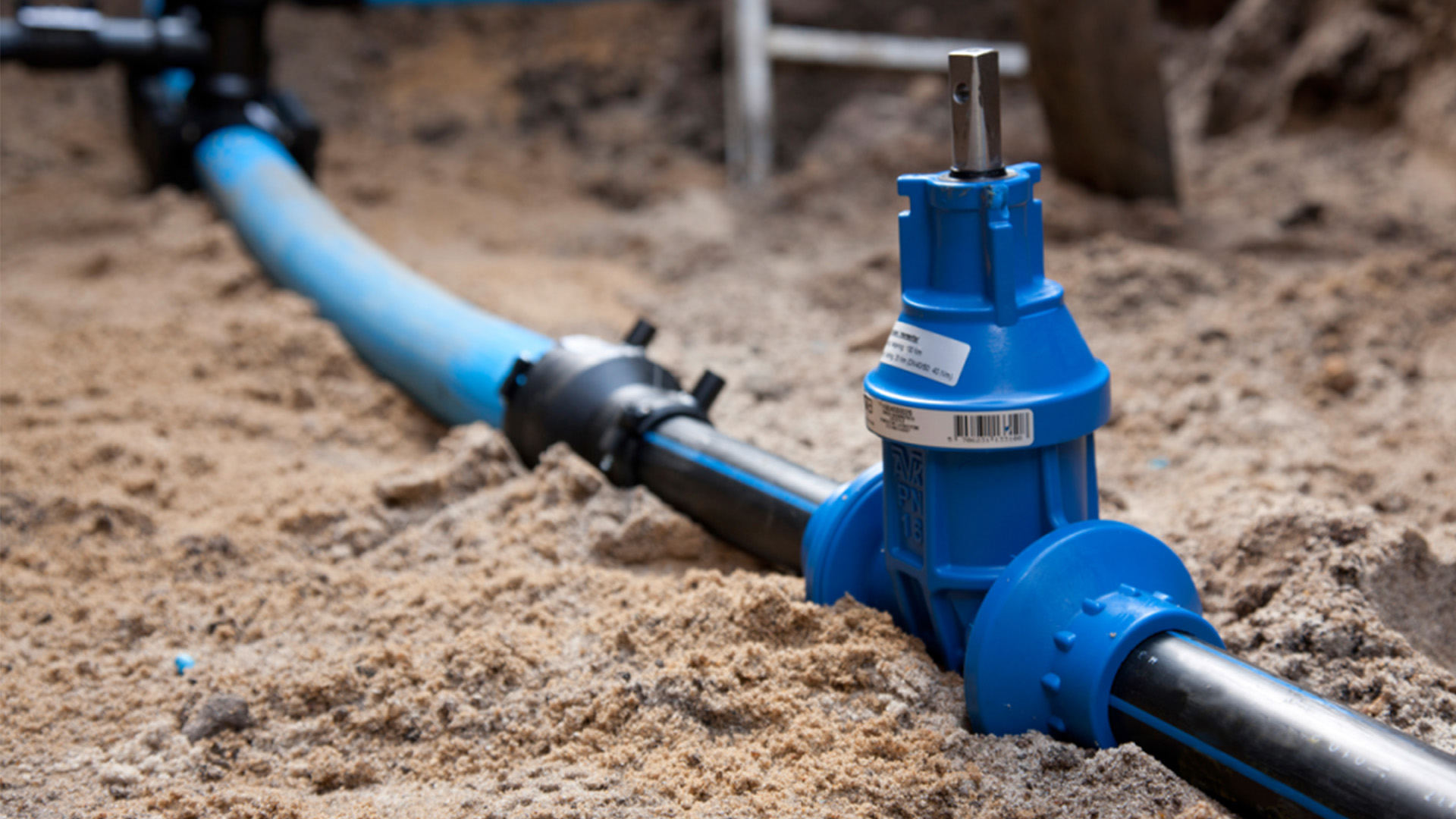
Higher quality with metal 3D printing
3D printing technology enables us to manufacture parts without the need for machining, achieving complete control over the production process and enhancing product quality. 10-01-2025
At AVK, we are committed to developing and designing products and solutions in innovative ways, actively adapting to current and future market demands.
AVK Collaborates to Advance 3D Printing Technology Innovation, Enhancing Valve Production Efficiency
AVK Holding has teamed up with AVK International, AVK Plast, and the Danish Technological Institute to jointly research and update the mold designs of existing products. Specifically targeting the 16-series POM valves, which are mainly used for maintenance interfaces of end customers, the traditional production process for these valves involved excessive and unnecessary machining steps on the top part. Fortunately, AVK has successfully resolved this issue by introducing 3D printing technology. The precision of 3D printing eliminates the need for subsequent machining processes, reduces the tooling required to control part tolerances, and enhances production efficiency. Moreover, this technological innovation has laid a solid foundation for AVK to accelerate the automation of its production processes and lead the industry towards a smarter and more efficient future.
Optimizing Injection Molding with 3D Printed Tools
AVK has utilized 3D printing technology to construct the key internal structures of injection molds, which are crucial for ensuring high-quality components. Particularly when facing challenges such as mold cooling and internal space constraints, 3D printing technology enables precise temperature control and efficient production. Bo Eric Jacobsen, Project Manager at AVK Plast, stated that this is an effective solution for addressing complex injection molding challenges. AVK Plast specializes in injection molding and supplies components internally for AVK products, especially valves. Given the space limitations, 3D printing technology allows us to build cooling and sensor channels at precise locations, ensuring temperature control at critical areas and thereby improving component quality. Tool Engineer Nils Paaske said, "We chose 3D printing because it addresses the challenge of creating inlets within components and allows us to achieve the necessary cooling function between heat sources and external parts, which is unattainable with traditional methods. Additionally, 3D printing offers unprecedented flexibility during the design phase, enabling us to create various complex cavity structures."
New Breakthrough in Temperature Control: Built-in Cooling System for Exceptional Quality
To achieve precise temperature control, AVK has incorporated built-in cooling channels, resembling a subway network, into the design of core components. These channels are located beneath the surface of the components. They allow us to blow cold air into the interior of the components, effectively reducing the temperature. Furthermore, a layer of insulation surrounds the central sprue to ensure that the high-temperature plastic does not solidify due to cooling before it flows into the mold.
Simplifying Processes Today, Leading Innovation Tomorrow
With 3D printing technology, AVK can now fully control heat variations within the mold, thereby achieving comprehensive control over the production process and ultimately achieving a leap in product quality.
Looking Ahead: 3D Printing Leads the Innovation in Injection Mold Technology
As 3D printing technology gradually gains cost advantages and offers higher levels of detail optimization, more internal technical structures in injection molds will be manufactured using 3D printing technology in the future. This will revolutionize the production methods of injection molds and drive the industry towards greater efficiency, environmental friendliness, and higher quality.